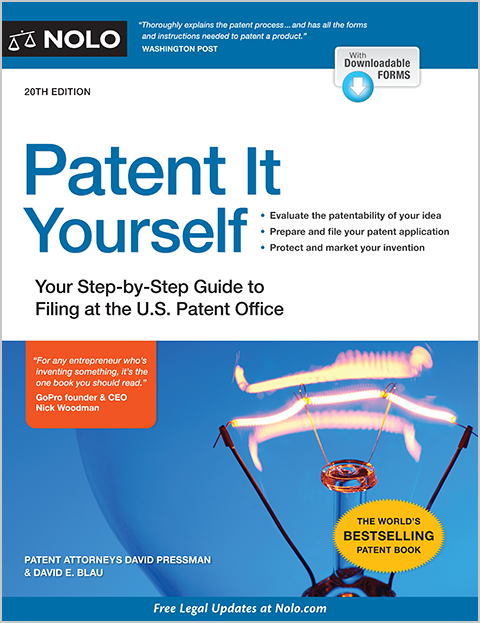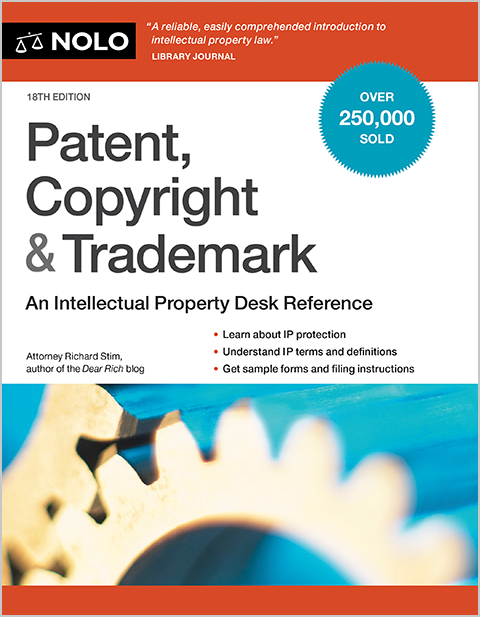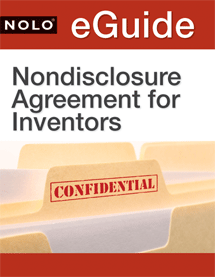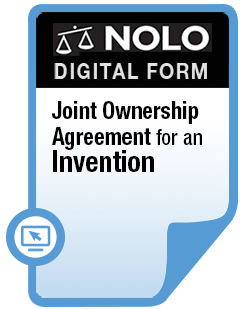What is prior art and how does it affect the patentability of your invention?
To be patentable, your invention must be new and different from any existing invention. "Prior art" refers to all publicly available information about inventions that already exist at the time you file your patent application. When we talk about doing a patent search, we mean searching the prior art for inventions similar to yours. In this article, we discuss what constitutes prior art, how you can search for it, and how to deal with the results of your search.
What Is Prior Art and Why Is It Important?
As noted above, prior art is all publicly available information about inventions in existence at the time you apply for your patent. Before covering what constitutes prior art, let's first talk about the role prior art plays in the patenting process.
Prior Art and the Novelty Requirement
In order to qualify for a patent, an invention must be "novel." Under U.S. patent law, an inventor is entitled to a patent unless "the claimed invention was patented, described in a printed publication, or in public use, on sale, or otherwise available to the public before the effective filing date of the claimed invention..." (35 U.S.C. § 102). Prior art for your invention, then, is all inventions, and all publicly available information about those inventions, that exist at the time you file your patent application. The USPTO will not issue a patent when the claimed invention is already public knowledge.
Prior Art and the Nonobvious Requirement
In addition to being novel, your invention must be "nonobvious." An invention is obvious when "the differences between the claimed invention and the prior art are such that the claimed invention as a whole would have been obvious before the effective filing date of the claimed invention to a person having ordinary skill in the art to which the claimed invention pertains." (35 U.S.C. § 103). In other words, if someone knowledgeable in the field of your invention looks at the prior art, would they find your invention to be obvious? If so, your invention will not receive a patent.
What Constitutes Prior Art?
Under the statute quoted above (35 U.S.C. § 102), prior art includes:
- inventions that have already been patented (in the U.S. or anywhere in the world)
- inventions described in printed publications (which includes electronic publications), and
- inventions already in the market (being used by, on sale to, or otherwise available to the public).
When you apply for a patent, a USPTO examiner will compare your invention to prior art and determine whether your invention is sufficiently new and non-obvious to qualify for a patent. The examiner won't try to determine whether you copied another invention, but rather whether other inventions existed at the time you filed your patent application that make your invention obvious or not novel.
Let's say that an invention the same or very similar to yours already existed when you made your invention, but you never saw the previous invention; you didn't read about the other invention in a patent or a publication, and you didn't see it in the marketplace. In other words, you came up with the idea for your invention on your own and you developed it independently. Can you get a patent on your invention? You can't, because the other invention already existed and information about it was available to the public, even though you were unaware of it. The previous invention is part of the prior art relevant to your invention, and because of it your invention doesn't qualify as novel or nonobvious.
How Can You Search for Prior Art?
Before you take the time and expense to apply for a patent, you'll want to do a search of the prior art, similar to the search a USPTO patent examiner will perform if you file for a patent.
Doing a Patent Search
Fortunately, you can do a pretty comprehensive DIY patent search using free, publicly available tools. These resources include the USPTO's Patent Public Search tool, Google Patent, and general internet (web) searches.
Having so much information online is both a boost and a burden for your prior art search. Yes, the information can be easy to find, but the online world contains an overwhelming number of potential sources of prior art. Let's say that you invent a robotic device for flipping pancakes. You'll want to do a patent search using Google Patent and the USPTO's Patent Public Search. You'll certainly want to scour the internet for similar devices, meaning that you'll likely have to sift through lots of irrelevant search results. It would be wise to do a product search on Amazon.com.
These days, your online search might need to include social media sites. Someone else's YouTube video purporting to show a robotic pancake flipper is prior art. A TikTok dance video that shows such a device operating in the background could qualify as prior art if it's clear what the device is and how it works.
Even if a previous invention was never made into a product, it can undermine the patentability of your invention. All that's required is that sufficient information about the previous invention was available to the public. Again, prior art can trip you up even when you didn't see or copy the previous invention.
You can learn more about patent searching online here.
Designing Around the Prior Art
If your patent search reveals similar inventions that might cause your invention to be deemed not novel or obvious, you have three options:
- Give up and don't seek a patent.
- File for a patent on your invention as it is and hope the USPTO examiner finds it to be different enough from the prior art to qualify for a patent.
- Design around the prior art. If possible, adjust your invention to distinguish it from the previous inventions. Change a significant feature in your invention or cause it to work in a different way.
Which option is best for you would depend on the degree of similarity between your invention and the prior invention(s), your willingness to devote time and expense to a patent application that might not be successful, and how easy or difficult it would be to modify your invention to get around the prior art. These decisions can be difficult, and you might want to consult an attorney to help you chart the best course.
Next Steps
Searching prior art and determining whether an invention is novel and nonobvious can be complex. You might want to hire a patent attorney to do a patent search, interpret the results, and, if it makes sense to proceed with a patent application, draft your application in a way that best distinguishes your invention from the prior art. Two sites that are part of the Nolo family, Lawyers.com and Avvo.com, provide excellent and free lawyer directories. Visit www.lawyers.com/find-a-lawyer and www.avvo.com/find-a-lawyer to begin your search. Also, the USPTO maintains a searchable registry of active patent attorneys and patent agents.
To learn more about patent searching and getting a patent, read Patent It Yourself, by David E. Blau (Nolo).
Talk to a Lawyer
Need a lawyer? Start here.
How it Works
- Briefly tell us about your case
- Provide your contact information
- Choose attorneys to contact you
- Briefly tell us about your case
- Provide your contact information
- Choose attorneys to contact you



